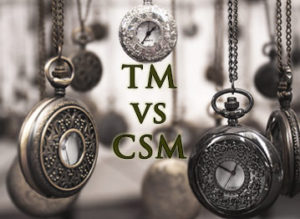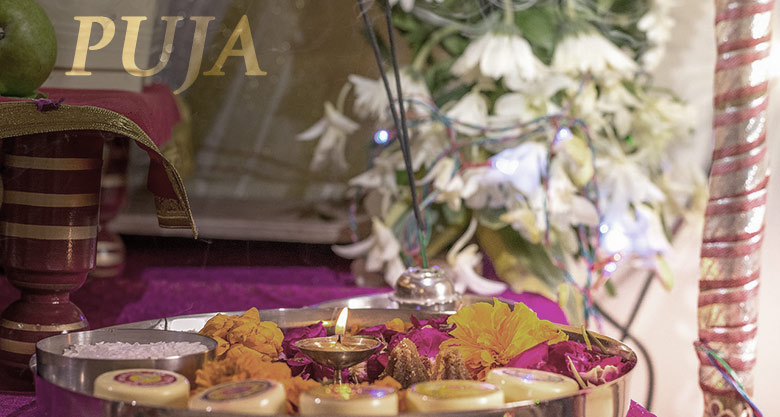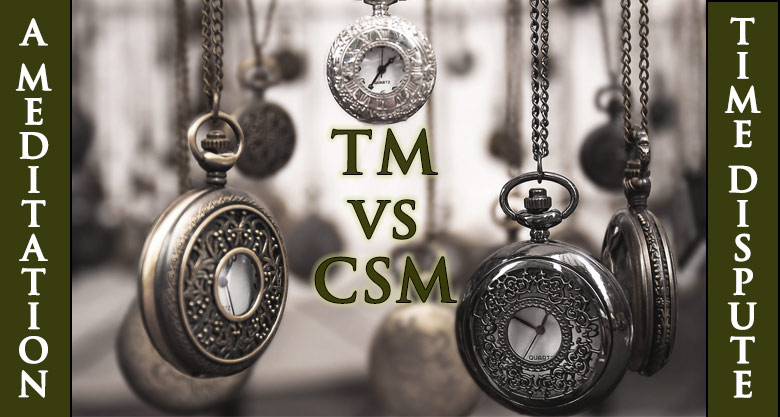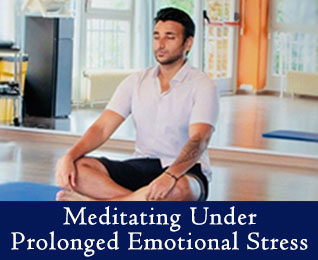 During her appointment at Princeton University in the Psychology Department, Dr. Carrington taught a course in Holistic Psychology, working with students who were eager to branch out into new and exciting territory.
During her appointment at Princeton University in the Psychology Department, Dr. Carrington taught a course in Holistic Psychology, working with students who were eager to branch out into new and exciting territory.
As she recalled in her last formal interview with Steve Carter, her course “involved content from Edgar Cayce,” who was significantly influenced by Carl Jung. Some consider Edgar Cayce as a primary source for many aspects of the “Human Potential Movement (HPM),” many of which were noted in the book, The Emerging Network: A Sociology of the New Age and Neo-pagan Movements, by Michael York.
Although, some of the ideas presented by Cayce and Jung were highly criticized, one notion that Cayce held became extremely popular and, in varying forms, evolved into one of the most popular practices used today for gaining inner peace and healing. Those many years ago, he contended that silent meditation allowed for “listening to the Spirit within” to gain healing, guidance, and liberation from existing on the “earth plane.”
Given its source, Dr. Pat’s course involved some “really far out concepts” that weren’t typically allowed in the curriculum of most colleges, because the ideas were very progressive. At Princeton, however, she and her students were “allowed to speculate on them,” and they excitedly embraced the opportunity to do so.
While Dr. Pat was exploring Holistic Psychology with her students, Transcendental Meditation (TM) had risen to the forefront of the HPM, which eventually became part of the “New Age Movement.”
It was truly a transitioning period that was full of ideas and research, which became especially helpful in psychoanalysis, psychotherapy, and self-discovery on a wide scale.
Dr. Carrington Learns Transcendental Meditation
As an avid researcher and explorer of possible methods that might work to help her clients, Dr. Carrington embarked on learning TM. In her final interview, she described her introduction to TM:

“I went to the Transcendental Meditation organization, …very prominent at that time and they were in a town near me. I was fascinated because they had such wonderful research on their methods and I was excited by that.
The very first day I went to learn, I took my shoes off. I brought the flowers that I was supposed to bring. There was incense in the room. It was a Puja ceremony, which is a Hindu ceremony, but it wasn’t conducted in Hindi.
The minute I repeated the mantra that my meditation teacher imparted to me and instructed; first loud and then more softly and then even more softly, and then just whispering it, I had a very unusual feeling and the experience of sort of being carried away, of being in another place, of having a wonderful and beautiful kind of transportation into somewhere else.
The minute I felt that personally, it was so valuable to me, and when I could recall it at home by doing the instructions, I was hooked. I knew that I must learn this, and that I was going to help people learn the method.” She then brought it to the Princeton campus, where it became very popular.
TM is Not Suitable for Everyone
Dr. Pat soon began referring her clients (to the TM organization), and they loved it too. But, she ran into problems, rather quickly. She discovered that some people could not take as much meditation as the organization taught. They could not meditate for 20 minutes at a time without becoming anxious.
“As a clinician, I knew how to adjust people’s behavior to help them not be as anxious. So, of course, when one of my patients (clients) told me that she could not meditate for 20 minutes, I knew she needed a shorter period of meditation than what was instructed by the official TM trainer I had sent her to. She (the client) was perfectly happy and calm and wonderful the first few minutes of the (meditating) session and then she would begin to get anxious as the session went on and wanted to leave. I told her to do so. The minute she felt anxious, she was to quietly stop meditating for that day and let it go at that; if it was five minutes, 10 minutes, whatever.
She was willing to do it and when she did the whole problem calmed down. She was no longer anxious. She could meditate for short periods of time, not for the period of time that the TM organization professed the Maharishi Mahesh Yogi was describing. She didn’t feel that she could follow their instruction and did not.
After shortening her meditation time, the woman loved it, according to Dr. Pat, and was getting a lot of clinical benefit from it; becoming a much calmer person was better for her medically.
Dr. Pat Disputes Session Length of TM
When a TM trainer learned that Dr. Pat had altered the length of meditation time for her client, a startling conflict arose.

Dr. Carrington recounts how the dispute began.
“The TM organization called me and said, ‘Dr. Carrington, do you realize you are interfering with the instruction that Maharishi Mahesh Yogi has prescribed?’ No, I’m not interfering with the instruction, I said. I have a brightest respect for it. I know you’ve got a very good system, but I’ve got to tell you that for certain people, when they are anxious people, you have to make some concessions; you have to change things a bit in order for it to work.”
An argument ensued. The TM representative, a meditation trainer, insisted that they did not want her to change the length of the meditation sessions, at all. She absolutely could not do it.
Dr. Pat insisted that she could, indeed, tell her client to adjust how long to meditate and felt strongly that she had a clinical responsibility to be honest about what she believed would help. She got wonderful results by adjusting the timing of meditation sessions for some clients.
As a clinician, she explained that what she did had been clinically successful and she would continue to do it, when needed and on an individual basis.
The TM trainer vehemently disagreed, and subsequently, consulted with her superiors in the organization about the dispute.
TM Organization Bans Dr. Pat’s Work
During her appointment at Princeton, Dr. Pat authored her popular book, Freedom in Meditation (Then entitled The Book of Meditation). Shortly after her dispute with the trainer, the TM organization banned her book from anyone who consulted them for meditation and banned her work from their university, among “other things of that sort.”
She suddenly realized that she needed to devise a good meditation method that she believed would be safe, which launched her scientific investigation into how someone could meditate in the most productive, individual manner. After conducting an extensive, and highly successful, research project, she developed Clinically Standardized Meditation (CSM). While very similar to TM, it does not require the Hindu ceremony, (although she had great respect for the ceremony), and it allows for greater flexibility in one’s meditation timing; as opposed to the strict guidelines of TM.
Additionally, CSM was more easily applied to research than TM, which had to be taught in person. Dr. Pat’s CSM course is a self-regulated meditation teaching system that includes an instruction manual, checklists, detailed advisories to address any meditation problems that might arise for the user, and training audios. It contains no proposed indoctrination, whatsoever.
Furthermore, her course is much less expensive than a formal TM training, which some profess was initially created for the “elite” segment of society. Here’s an interesting tidbit of information, disclosed by WikiLeaks.org on the TM Domain of Atlanta Director’s Meeting Notes, that refers to the “elite” target audience of the TM organization during its rise in popularity.
2007_02_13_meeting_Raja_Rogers-notes: “Found old notes from Maharishi from when the course fee was first increased “the wealthy people don’t go to the poor store. They like designer everything. They like to hear a high price. We are not trying to target the masses so we don’t have to feel guilty about losing people by initially mentioning the course fee.”
Other notes in the file are also quite eye-opening…
With all this said, if not for Dr. Pat’s experience with the TM organization, her innate ability to keep moving forward and openness to new possibilities when something stops her in her tracks, her extensive work on introducing meditation into Clinical Psychology, Psychotherapy, Occupational Medicine, and other related fields would have never unfolded.
Discover Clinically Standardized Meditation…
Some interesting related articles:
1996 – Politics and Transcendental Meditation
Murder, Suicides, Missing Persons at Iowa’s Maharishi Campus
Mantra Versus Mindfulness Meditation
Photo Credits
Puja photo by Suket Dedhia from Pixabay
Watches photo by Giallo from Pexels





